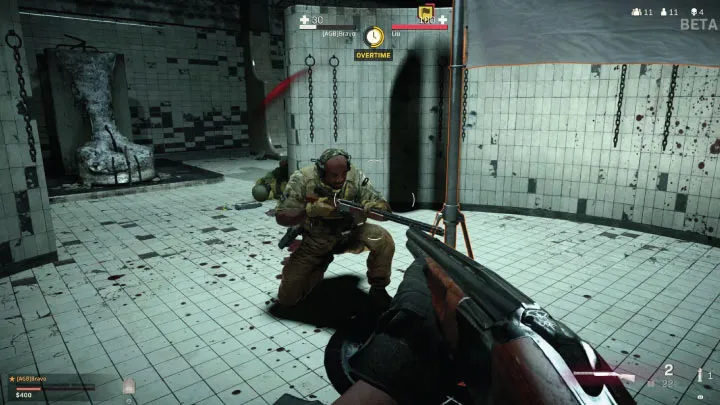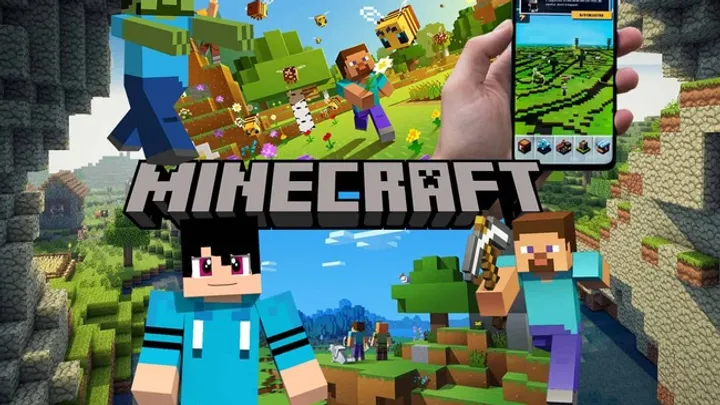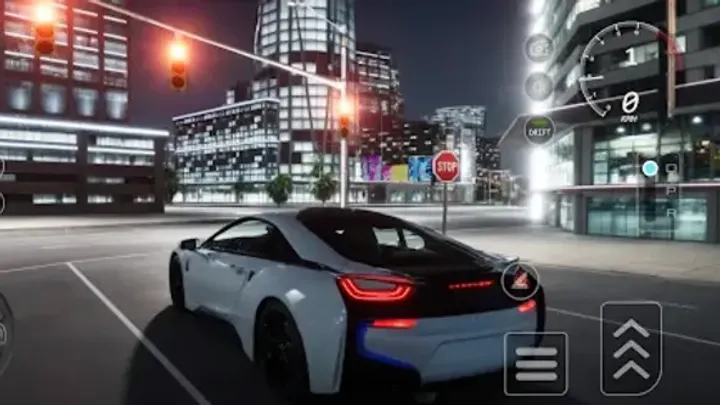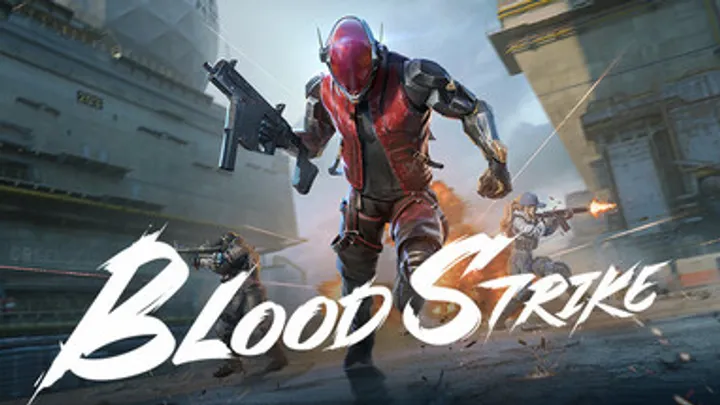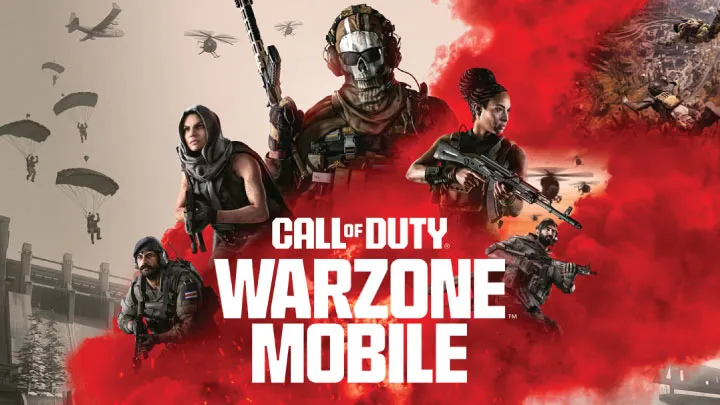
Call of Duty: Warzone has established itself as a dominant force in the battle royale genre since its launch in March 2020. With its fast-paced gameplay, expansive maps, and intricate mechanics, Warzone has captivated millions of players worldwide. However, one of the most compelling aspects of the game is its ever-evolving meta—how weapons, strategies, and player tactics fluctuate over time. This article delves into the evolution of meta strategies in Call of Duty: Warzone, exploring how players adapt to changes, the impact of updates, and the broader implications for competitive play.
The Concept of Meta in Warzone
Understanding the Meta
In gaming, the term "meta" refers to the most effective tactics available. In the context of Warzone, the meta encompasses the best weapons, loadouts, and strategies that players use to maximize their chances of winning. The meta is not static; it evolves based on game updates, balance changes, and player discoveries.
Players often analyze the meta to determine which weapons and strategies are most viable in the current game environment. This constant adaptation is a defining feature of Warzone, as players must stay informed about changes to weapons, perks, and the overall gameplay landscape.
The Role of Community Feedback
The Warzone community plays a crucial role in shaping the meta. Players share their experiences and insights through forums, social media, and streaming platforms. Content creators often test new loadouts and strategies, providing valuable information to the broader player base. This collaborative environment fosters a dynamic meta that evolves rapidly, as players experiment with different approaches.
Community feedback can also influence developers’ decisions regarding weapon balance and gameplay mechanics. As players highlight issues or suggest changes, developers at Raven Software and Activision can adjust the game to maintain balance and fairness.
Early Meta Strategies in Warzone
Launch Weapons and Initial Loadouts
At the launch of Warzone, certain weapons quickly emerged as dominant choices. The M4A1 assault rifle, for example, was favored for its versatility, low recoil, and effective range. Players gravitated toward loadouts that maximized the M4A1's strengths, often pairing it with the MP5 submachine gun for close-quarters engagements.
Early on, the meta was relatively straightforward, with few weapons outperforming others. Players relied heavily on the best-performing weapons, and strategies often revolved around aggressive playstyles that favored fast-paced engagements and quick eliminations.
The Importance of Positioning
In the early days of Warzone, positioning was crucial for success. Players learned to utilize the map's verticality to gain advantages over opponents. High ground became a significant factor in firefights, as players took advantage of rooftops and elevated areas to secure kills.
The early meta emphasized the importance of situational awareness and map knowledge. Players who understood the layout of Verdansk and the best hiding spots often found themselves at an advantage, leading to a focus on exploration and reconnaissance.
The First Major Meta Shifts
Weapon Balancing Updates
As players began to dominate matches with specific weapons, Raven Software responded with balancing updates to ensure a fair competitive environment. The introduction of patches adjusted weapon statistics, altering damage values, recoil patterns, and fire rates.
For instance, the MP5 was nerfed, leading players to explore alternative submachine guns like the MAC-10 or the AUG. This shift encouraged experimentation and adaptation, as players sought to find new loadouts that would offer a competitive edge in the wake of changes.
The Rise of Sniper Rifles
With updates addressing assault rifles and SMGs, players began to explore sniper rifles more extensively. The Kar98k and HDR emerged as popular choices for long-range engagements. These weapons provided players with the ability to secure kills from a distance, changing the dynamics of firefights.
The shift toward long-range combat emphasized the importance of positioning and teamwork. Players who coordinated effectively with snipers could dominate engagements, creating a new layer of strategy that influenced how teams approached encounters.
The Meta Transformation: Season Updates
Seasonal Changes and New Weapons
As Warzone transitioned through various seasons, each update introduced new weapons, perks, and mechanics. Players eagerly anticipated the release of new content, often leading to immediate changes in the meta. For example, the introduction of the Cold War weapons in Season One brought new options for players to consider.
Each season's content update required players to reassess their loadouts and strategies. The introduction of new weapons often led to rapid shifts in the meta, as players experimented with the latest offerings. The community's response to new weapons could determine their viability, leading to a cycle of experimentation and adaptation.
The Impact of Perk Changes
In addition to weapon updates, changes to perks significantly influenced the meta. For instance, the introduction of Overkill and Ghost allowed players to carry multiple weapons and maintain stealth. These perks became staples in many loadouts, encouraging players to adapt their strategies based on the advantages provided by their chosen perks.
The interplay between weapons and perks created a complex landscape for players to navigate. Teams began to coordinate their loadouts to maximize synergy, leading to the development of unique strategies that capitalized on the strengths of their chosen perks and weapons.
The Emergence of Meta Loadouts
Optimizing Loadouts for Competitive Play
As players became more knowledgeable about the meta, they started to develop optimized loadouts specifically designed for competitive play. These loadouts often included weapons paired with attachments that maximized performance in various scenarios.
For example, players might choose a loadout featuring the Kilo 141 with attachments that enhance accuracy and range while pairing it with an SMG like the Stoner 63 for close-quarters combat. This approach allowed players to be versatile in engagements, adapting to different situations on the fly.
The Importance of Customization
Customization became a hallmark of Warzone's meta. Players experimented with different attachments, tuning their weapons to fit their playstyle. This emphasis on personalization allowed players to develop a sense of ownership over their loadouts, fostering a deeper connection to the game.
Additionally, the introduction of weapon tuning systems allowed players to fine-tune their weapons even further, adding another layer of complexity to loadout optimization. This encouraged players to engage with the game's mechanics more deeply, resulting in a more rewarding experience overall.
The Competitive Scene and E-Sports Integration
Rise of Competitive Tournaments
As the competitive scene surrounding Warzone grew, so did the organization of tournaments and events. Various companies and organizations began hosting competitions, providing players with opportunities to showcase their skills on larger stages.
These tournaments often featured substantial prize pools, attracting top-tier players and teams. The competitive landscape encouraged players to stay current with the meta, as success in tournaments often hinged on adopting the latest strategies and weapon loadouts.
The Role of Streaming and Content Creation
Streaming platforms like Twitch and YouTube played a significant role in promoting competitive Warzone play. Content creators showcased their skills, shared tips, and demonstrated optimal loadouts. This visibility helped shape the meta as players sought to emulate successful streamers and adapt their strategies.
The success of competitive players often led to increased viewership for tournaments and events, further solidifying Warzone's position in the esports landscape. This symbiotic relationship between content creators and competitive play has fostered a thriving community that continues to grow.
Challenges in Maintaining a Balanced Meta
Addressing Player Feedback
As the meta evolved, players began to voice concerns about balance and fairness. Certain weapons or strategies might dominate the competitive scene, leading to frustrations among players. Developers faced the challenge of addressing these concerns while maintaining the integrity of the game.
Raven Software actively engages with the community through social media and forums, collecting feedback on weapon balance and gameplay dynamics. This ongoing dialogue allows developers to make informed decisions regarding updates and patches.
The Difficulty of Balancing Updates
Balancing a game as complex as Warzone is a challenging task. Developers must consider not only the competitive scene but also the casual player base. Changes that benefit one segment of the community may negatively impact another, requiring careful consideration and testing.
The introduction of new weapons or significant balance changes can lead to unintended consequences, prompting developers to monitor the meta closely and make adjustments as needed. This dynamic creates an ever-evolving landscape, where players must remain adaptable to stay competitive.
Future of the Meta in Warzone
Anticipating New Content
As Warzone continues to evolve, players can anticipate new content updates that will shape the future of the meta. The introduction of new seasons, weapons, and game mechanics will likely lead to further shifts in strategies and loadouts.
Players will need to stay engaged with the community and monitor updates to adapt to changes effectively. The meta will continue to be dynamic, encouraging experimentation and innovation as players seek to find the most effective tactics.
Embracing the Community
The future of Warzone’s meta will also rely heavily on community engagement. Players who actively participate in discussions, share their experiences, and collaborate with others will contribute to a vibrant ecosystem that fosters growth and adaptation.
As the community continues to evolve, the collective insights and experiences of players will shape the meta in meaningful ways. This collaborative environment ensures that Warzone remains a dynamic and engaging experience for players of all skill levels.
Conclusion
The evolution of meta strategies in Call of Duty: Warzone is a testament to the game's dynamic nature and the engagement of its community. As players adapt to changes in weapons, perks, and strategies, the competitive landscape continues to evolve, offering a rich and rewarding experience.
